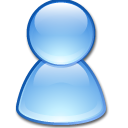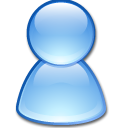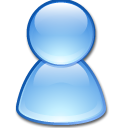Abstract
Scientific visualization is classically defined as the process of graphically displaying scientific data. However, this process is far from direct or automatic. There are so many different ways to represent the same data: scatter plots, linear plots, bar plots, and pie charts, to name just a few. Furthermore, the same data, using the same type of plot, may be perceived very differently depending on who is looking at the figure. A more accurate definition for scientific visualization would be a graphical interface between people and data. In this short article, we do not pretend to explain everything about this interface; rather, see 1, 2 for introductory work. Instead we aim to provide a basic set of rules to improve figure design and to explain some of the common pitfalls.
Description
PLOS Computational Biology: Ten Simple Rules for Better Figures
Links and resources
Tags
community
@voss's tags highlighted




